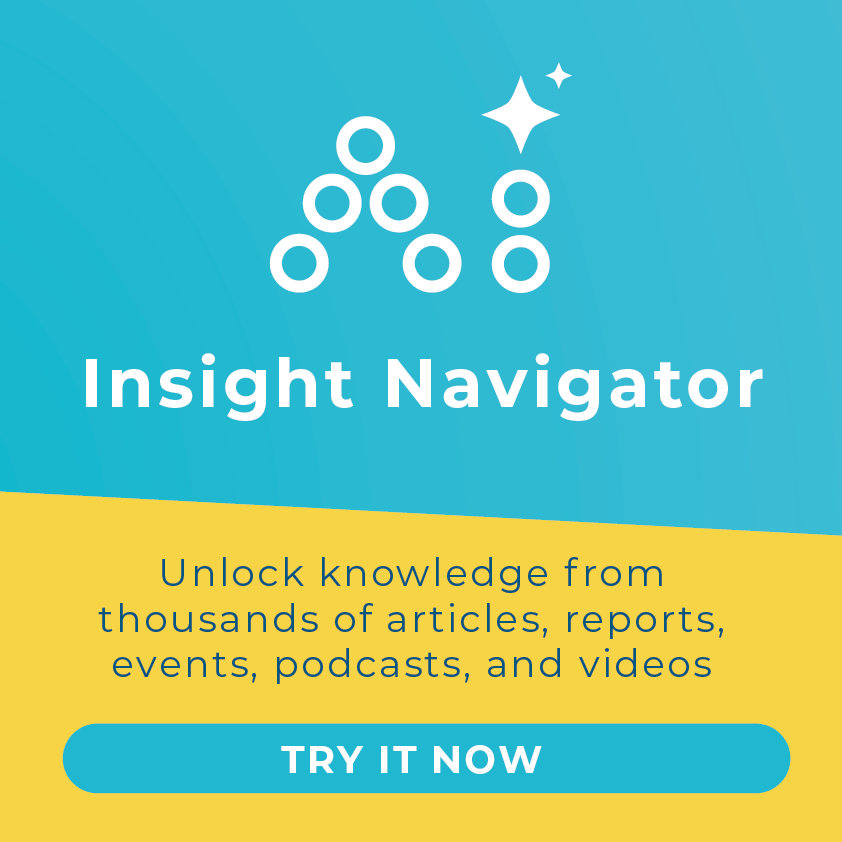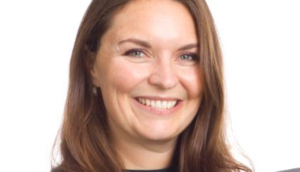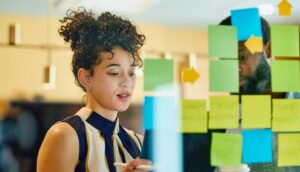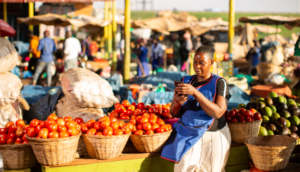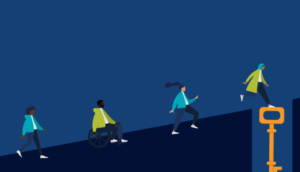Debates over how to approach climate change are often of a binary nature. While some argue that actions that fall into the individual realm – like reducing the use of plastics or saving energy and water – will help tackle climate change, others have argued that these actions are futile, as governments and corporations have the most power in deciding what regulations and practices to move forward.
However, is it possible to think that both approaches are necessary? Yes, governments and industries are often at the forefront of decision making. But for many people, especially those who live in contexts of poverty, thinking about how they can have an influence on those decisions can feel overwhelming. Moreover, these are the populations that are disproportionately affected by the climate crisis.
Instead, what if we start with people as individuals receiving support, taking practical steps, and then moving collectively to achieve change? Furthermore, can businesses be a channel through which people gain the opportunities and tools they need to achieve this?
This is what we were aiming for when we created the Stoplight tool at Fundación Paraguaya. Using a web or mobile app, the Stoplight tool enables participants to self-assess their well-being through simple questions that use the colours of the traffic light to show situations to improve in red and yellow, and ideal situations in green. After finishing the survey, they can see their “life map,” or an overview on the state of their circumstances, and start creating their own solutions to achieve their goals.
The Stoplight tool has been used across more than 30 countries around the world by companies, non-profit organisations, and governments. In Paraguay, since the launch of the “Businesses without Poverty” Program in 2013, member companies have supported 2.058 families in a decrease of 28% and 19% of their red and yellow levels, respectively. We believe that when people are given the right tools and an environment that supports them, they can start generating the change they need.
Bianca Ramírez, from the city of Tobatí in Paraguay, is a perfect example of how this methodology and intervention model takes place. Before implementing the Stoplight, the Ramírez family found itself in the most dire condition regarding garbage disposal: burning their residues. After reading the ideal situation posed by the survey (garbage disposed through collection and residue separation), the family set this as their goal and immediately got to work.
The family underwent a series of training in regards to the consequences of burning garbage, recycling, organic vs. inorganic residues, and the steps they needed to take to improve their garbage disposal techniques. With support from a mentor, the Ramirez family improved these conditions by creating new recycling habits and mobilizing the community. They began by reusing plastic and selling the plastic they don’t need along with making use of organic residues as fertilizer. Aside from acquiring new habits, they gathered their neighborhood to collectively submit a note to their local government to provide an efficient garbage collection system.
This case exemplifies the significance of reflecting upon one’s habits, setting goals that benefit both the environment and the community itself, and the influence of collective agency. From facilitating a self-evaluation survey to accompanying the family through a mentor on the practices to consciously manage garbage, this experience shows how enterprises can encourage families to reach wellbeing. Understanding the power resting in their hands led Bianca Ramirez’s family to change their behavior and influence their community to successfully access a proper garbage collection system formerly only accessible in urban areas.
With this logic and purpose in mind, we created the “Green Stoplight” tool. Through the survey, participants identify themselves to the situations shown in questions that range from: water and energy use to knowledge of environmental policies. Once participants complete the questions, they are given the chance to prioritise their “reds” and “yellows”, and ask themselves two questions: “What’s the reason I’m not in ‘green’?” and “What can I do to change it?”
The first version of the Green Stoplight tool comprises 10 indicators, and we plan to broaden them to other climate challenges on a further stage. By breaking down the concept of environmental care into practical, doable steps, we want to inspire people to start with simple practices, generating small wins to then tackle larger issues. With participatory tools such as the Green Stoplight, we believe that people can be at the front of the issues that affect them the most, and that businesses can play a pivotal role in this transformation.
Want to take the Green Stoplight survey?
Go to: platform.povertystoplight.org
Username: green
Password: 123456
You can take the survey in English or Spanish. Let us know what you think!

